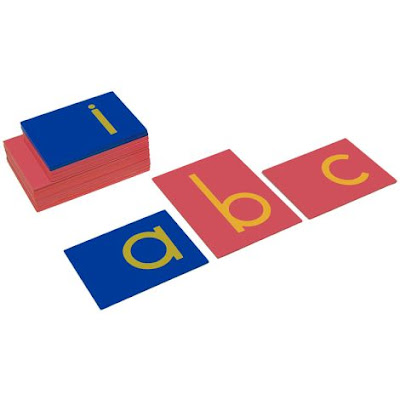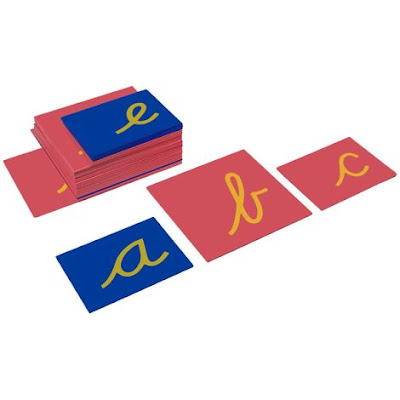Language development is a crucial aspect of a child's growth, shaping their ability to communicate effectively and fostering cognitive growth. In the realm of education, the Montessori method has gained immense popularity for its holistic approach to learning. Central to this approach are the Montessori Language Materials, which play a pivotal role in cultivating language skills in children. Let's delve into the fascinating world of Montessori language materials and discover how they contribute to language development.
Understanding Montessori Language Materials
Montessori education is renowned
for its emphasis on hands-on learning and personalized instruction. The Montessori Language Materials exemplify these
principles. These materials are carefully designed to engage children's senses
and tap into their innate curiosity. The materials include a wide array of
tools that focus on different aspects of language acquisition, such as
vocabulary, grammar, and writing skills.
The
Montessori Grammar Symbols: Unveiling Language Structure
One of the foundational elements
of language is grammar. Understanding how words come together to form
meaningful sentences is a crucial skill. Montessori grammar symbols are ingeniously
designed to visually represent different parts of speech, making the abstract
concept of grammar tangible for young learners. These symbols are color-coded
and help children grasp the relationships between words, ultimately enhancing
their sentence construction abilities.
Nurturing
the Writing Instinct
Writing is a fundamental skill
that opens the doors to self-expression and effective communication. Montessori
language materials include tools that facilitate the journey from scribbles to
coherent writing. The process begins with the use of sandpaper letters, where
children trace the shape of letters with their fingers while pronouncing the
corresponding phonetic sounds. This multisensory approach not only aids in
letter recognition but also connects sounds with symbols, paving the way for
reading and writing.
A
Multisensory Approach to Vocabulary Building
Vocabulary acquisition is a cornerstone of language development. Montessori language materials employ a multisensory approach to expand a child's vocabulary. Materials like language cards with accompanying images immerse the child in a rich linguistic environment. The child associates words with concrete objects, fostering a deeper understanding of language's purpose and utility.
Cultivating
Independence and Concentration
One of the distinctive features
of Montessori education is its emphasis on cultivating independence and
concentration. Language materials are intentionally designed to be
self-correcting, allowing children to identify and rectify their own mistakes.
This not only empowers them to take control of their learning but also instills
a sense of responsibility for their progress.
The Role
of the Montessori Guide
In a Montessori classroom,
educators assume the role of guides rather than traditional instructors. They
carefully observe each child's progress and tailor the learning experience to
their individual needs. Montessori language materials provide the tools for
these guides to create a customized and engaging learning journey, fostering a
deep and lasting connection with language.
In conclusion, Montessori
Language Materials are a treasure trove of educational tools that facilitate
holistic language development. Through interactive and multisensory
experiences, children engage with language in ways that resonate with their
natural inclinations. Whether it's mastering grammar symbols, building
vocabulary, or refining writing skills, these materials lay the foundation for
a lifetime of effective communication and intellectual growth. If you're keen
on witnessing the transformative power of Montessori language materials,
explore the offerings. Embrace a learning approach that not only enriches
language but also nurtures the whole child.






No comments:
Post a Comment